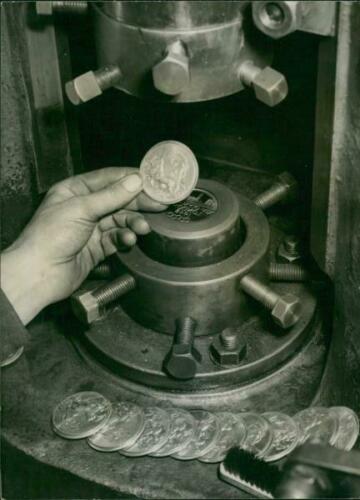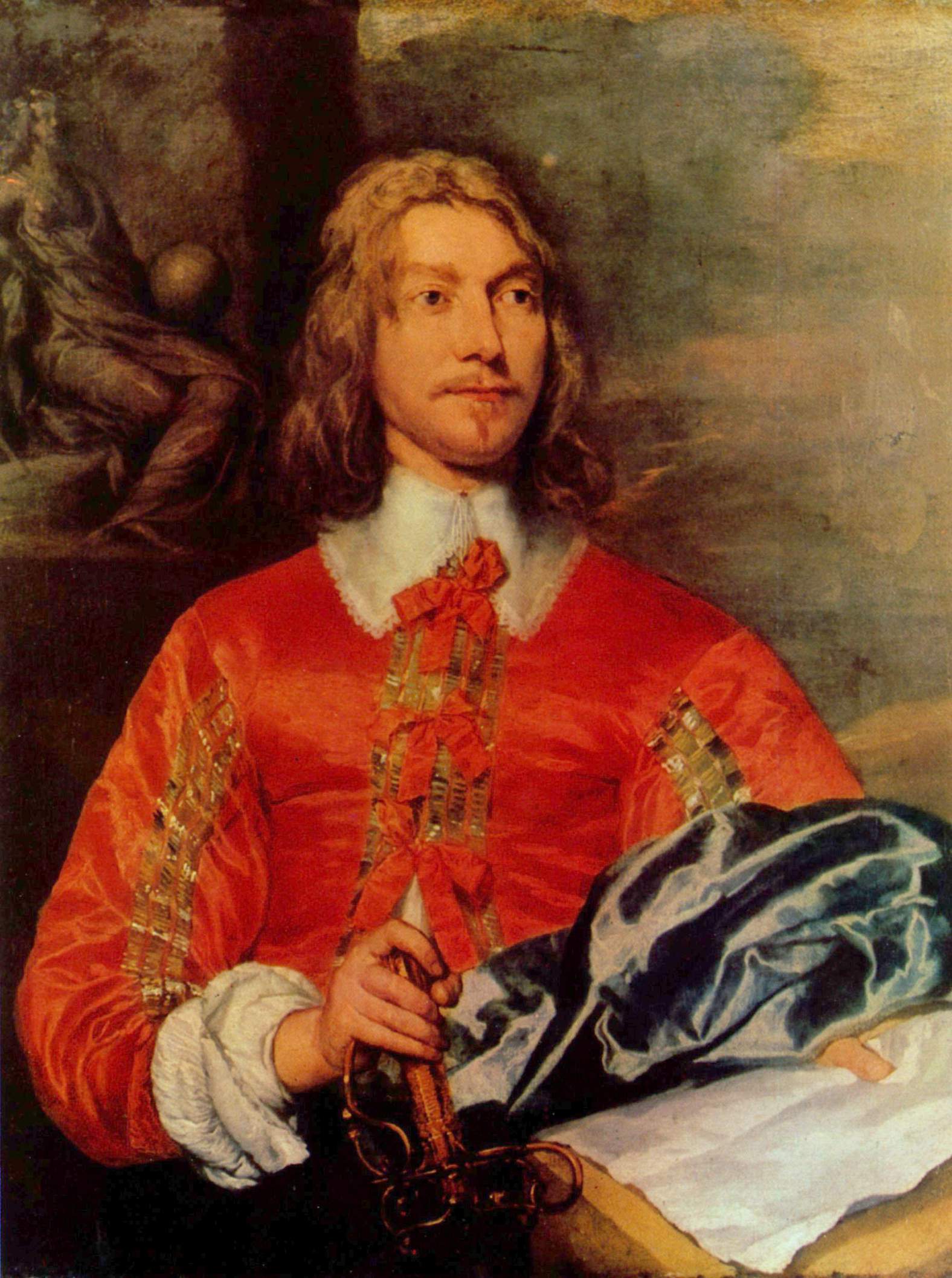|
Ronald Bodley Scott
Sir Ronald Bodley Scott (10 September 1906 – 12 May 1982) was an English haematologist and expert on therapy for leukaemia and lymphoma. Biography After education at Marlborough College, he matriculated at Brasenose College, Oxford, where in 1928 he graduated BA in natural sciences. He then studied at the medical college of St Bartholomew's Hospital, where he was influenced by Walter Langdon-Brown, Thomas Horder, and Francis Fraser. He graduated BM BCh in 1931 from the University of Oxford. He qualified MRCP in 1933. He first joined his father, Dr Maitland Bodley Scott, in his medical practice in Bournemouth, but soon returned to St Bartholomew's Hospital as chief assistant to Alexander Edward Gow (1884–1952). R. Bodley Scott's work on bone marrow aspiration formed the basis of his higher DM thesis in 1937 at the University of Oxford. In 1939 he, in collaboration with A. H. T. Robb-Smith, described the clinical manifestations of malignant histiocytosis. When WWII began, S ... [...More Info...] [...Related Items...] OR: [Wikipedia] [Google] [Baidu] |
Christchurch, Hampshire
Christchurch () is a town and civil parish in Dorset on the south coast of England. The town had a population of 31,372 in 2021. For the borough the population was 48,368. It adjoins Bournemouth to the west, with the New Forest to the east. Part of the historic county of Hampshire, Christchurch was a borough within the administrative county of Dorset from 1974 until 2019, when it became part of the new Bournemouth, Christchurch and Poole unitary authority. Founded in the seventh century at the confluence of the rivers Avon and Stour which flow into Christchurch Harbour, the town was originally named Twynham but became known as Christchurch following the construction of the priory in 1094. The town developed into an important trading port, and was fortified in the 9th century. Further defences were added in the 12th century with the construction of a castle, which was destroyed during the English Civil War by the Parliamentarian Army. During the 18th and 19th centuries smugglin ... [...More Info...] [...Related Items...] OR: [Wikipedia] [Google] [Baidu] |
Royal Army Medical Corps
The Royal Army Medical Corps (RAMC) is a specialist corps in the British Army which provides medical services to all Army personnel and their families, in war and in peace. The RAMC, the Royal Army Veterinary Corps, the Royal Army Dental Corps and Queen Alexandra's Royal Army Nursing Corps form the Army Medical Services. History Origins Medical services in the British armed services date from the formation of the Standing Regular Army after the Restoration of Charles II in 1660. Prior to this, from as early as the 13th century there are records of surgeons and physicians being appointed by the English army to attend in times of war; but this was the first time a career was provided for a Medical Officer (MO), both in peacetime and in war. For much of the next two hundred years, army medical provision was mostly arranged on a regimental basis, with each battalion arranging its own hospital facilities and medical supplies. An element of oversight was provided by the appointment ... [...More Info...] [...Related Items...] OR: [Wikipedia] [Google] [Baidu] |
1906 Births
Events January–February * January 12 – Persian Constitutional Revolution: A nationalistic coalition of merchants, religious leaders and intellectuals in Persia forces the shah Mozaffar ad-Din Shah Qajar to grant a constitution, and establish a national assembly, the Majlis. * January 16–April 7 – The Algeciras Conference convenes, to resolve the First Moroccan Crisis between France and Germany. * January 22 – The strikes a reef off Vancouver Island, Canada, killing over 100 (officially 136) in the ensuing disaster. * January 31 – The Ecuador–Colombia earthquake (8.8 on the Moment magnitude scale), and associated tsunami, cause at least 500 deaths. * February 7 – is launched, sparking a naval race between Britain and Germany. * February 11 ** Pope Pius X publishes the encyclical ''Vehementer Nos'', denouncing the 1905 French law on the Separation of the Churches and the State. ** Two British members of a poll tax collecting ... [...More Info...] [...Related Items...] OR: [Wikipedia] [Google] [Baidu] |
1948 Summer Olympics
The 1948 Summer Olympics (officially the Games of the XIV Olympiad and also known as London 1948) were an international multi-sport event held from 29 July to 14 August 1948 in London, England, United Kingdom. Following a twelve-year hiatus caused by the outbreak of World War II, these were the first Summer Olympics held since the 1936 Summer Olympics, 1936 Games in Berlin. The 1940 Summer Olympics, 1940 Olympic Games had been scheduled for Tokyo and then for Helsinki, while the 1944 Summer Olympics, 1944 Olympic Games had been provisionally planned for London. This was the second time London had hosted the Olympic Games, having previously hosted them in 1908 Summer Olympics, 1908, forty years earlier. The Olympics would again return to London 64 years later in 2012 Summer Olympics, 2012, making London the first city to have hosted the games three times, and the only such city until Paris and Los Angeles host their third games in 2024 Summer Olympics, 2024 and 2028 Summer Olympi ... [...More Info...] [...Related Items...] OR: [Wikipedia] [Google] [Baidu] |
Mark Bodley Scott
Mark Bodley Scott (17 April 1923 – 11 February 2013) was a British rower who competed in the 1948 Summer Olympics. Scott was born into a medical family based in Dorset. He was the son of Maitland Bodley Scott (1878–1942) and the youngest of six sons. As a child, he lived in Shiplake on the River Thames. Scott was educated at Bryanston School. Aged 18, he joined the Royal Naval Volunteer Reserve during World War II. While on active service in Sicily, he was wounded in a mortar bomb explosion, during which he lost one eye and his other eye was damaged by shrapnel. He was in hospital recuperating for almost a year in North Africa. In 1946 when he was demobilised, he joined North London Polytechnic, studying architecture. He also joined the Thames Rowing Club. He rowed in the 1948 Henley Regatta and then for Britain at the 1948 Summer Olympics, in the coxed pairs event, with Bakie James. Mark Bodley Scott was involved in local government, including Sonning Parish Council ... [...More Info...] [...Related Items...] OR: [Wikipedia] [Google] [Baidu] |
Sevenoaks
Sevenoaks is a town in Kent with a population of 29,506 situated south-east of London, England. Also classified as a civil parishes in England, civil parish, Sevenoaks is served by a commuter South Eastern Main Line, main line railway into London. Sevenoaks is from Charing Cross, the traditional centre of London. It is the principal town of the Sevenoaks (district), Sevenoaks district, followed by Swanley and Edenbridge, Kent, Edenbridge. A settlement was recorded in the 13th century, when a market was established. Construction of Knole House in the 15th century helped develop the village. Sevenoaks became part of the modern communications network when one of the early toll road, turnpikes was opened in the 18th century; the railway was relatively late in reaching it. In the 21st century, it has a large Commuter town, commuting population. The nearby Fort Halstead defence installation was formerly a major local employer. Located to the south-east of the town is Knole Park, wit ... [...More Info...] [...Related Items...] OR: [Wikipedia] [Google] [Baidu] |
Royal Marine Artillery
The history of the Royal Marines began on 28 October 1664 with the formation of the Duke of York and Albany's Maritime Regiment of Foot soon becoming known as the Admiral's Regiment. During the War of the Spanish Succession the most historic achievement of the Marines was the capture of the mole during the assault on Gibraltar (sailors of the Royal Navy captured the Rock itself) in 1704. On 5 April 1755, His Majesty's Marine Forces, fifty Companies in three Divisions, headquartered at Portsmouth, Chatham and Plymouth, were formed by Order of Council under Admiralty control. The Royal Marine Artillery was formed as an establishment within the British Royal Marines in 1804 to man the artillery in bomb vessels. As their coats were the blue of the Royal Regiment of Artillery, this group was nicknamed the "Blue Marines" and the Infantry element, who wore the scarlet coats of the British infantry, became known as the "Red Marines". During the Napoleonic Wars the Royal Marines participat ... [...More Info...] [...Related Items...] OR: [Wikipedia] [Google] [Baidu] |
FRCSE
The Royal College of Surgeons of Edinburgh (RCSEd) is a professional organisation of surgeons. The College has seven active faculties, covering a broad spectrum of surgical, dental, and other medical practices. Its main campus is located on Nicolson Street, Edinburgh, within the Surgeons' Hall, designed by William Henry Playfair, and adjoining buildings. The main campus includes a skills laboratory, the Surgeons' Hall Museums, a medical and surgical library, and a hotel. A second office was opened in Birmingham (UK) in 2014 and an international office opened in Kuala Lumpur, Malaysia, in 2018. It is one of the oldest surgical corporations in the world and traces its origins to 1505, when the Barber Surgeons of Edinburgh were formally incorporated as a craft of Edinburgh. The Barber-Surgeons of Dublin was the first medical corporation in Ireland or Britain, having been incorporated in 1446 (by Royal Decree of Henry VI). RCSEd represents members and fellows across the UK a ... [...More Info...] [...Related Items...] OR: [Wikipedia] [Google] [Baidu] |
John Fraser (surgeon)
Sir John Fraser, 1st Baronet, (23 March 1885 – 1 December 1947) was Regius Professor of Clinical Surgery at Edinburgh University from 1925 to 1944 and served as principal of the University of Edinburgh from 1944 to 1947. His study of tuberculosis in children was to disprove the view of the Nobel prize winner Robert Koch that bovine tuberculosis did not play a major pathogenic role in human disease. The subsequent legislation led to the elimination of tuberculosis from milk supplies and resulted in a decline in incidence of bone and joint tuberculosis in children. In 1940 he was the first surgeon in Britain to ligate an uninfected patent ductus arteriosus. Early life and family Fraser, whose parents both came from families of farmers, was born 23 March 1885 in Tain, Rosshire. He was a few months old when his father died and he was raised as an only child by his mother. He went on to attend Tain Royal Academy. He then studied medicine, gaining admission to the medical faculty ... [...More Info...] [...Related Items...] OR: [Wikipedia] [Google] [Baidu] |
Robert Milnes Walker
The name Robert is an ancient Germanic given name, from Proto-Germanic "fame" and "bright" (''Hrōþiberhtaz''). Compare Old Dutch ''Robrecht'' and Old High German ''Hrodebert'' (a compound of '' Hruod'' ( non, Hróðr) "fame, glory, honour, praise, renown" and ''berht'' "bright, light, shining"). It is the second most frequently used given name of ancient Germanic origin. It is also in use as a surname. Another commonly used form of the name is Rupert. After becoming widely used in Continental Europe it entered England in its Old French form ''Robert'', where an Old English cognate form (''Hrēodbēorht'', ''Hrodberht'', ''Hrēodbēorð'', ''Hrœdbœrð'', ''Hrœdberð'', ''Hrōðberχtŕ'') had existed before the Norman Conquest. The feminine version is Roberta. The Italian, Portuguese, and Spanish form is Roberto. Robert is also a common name in many Germanic languages, including English, German, Dutch, Norwegian, Swedish, Scots, Danish, and Icelandic. It can be u ... [...More Info...] [...Related Items...] OR: [Wikipedia] [Google] [Baidu] |



.jpg)
